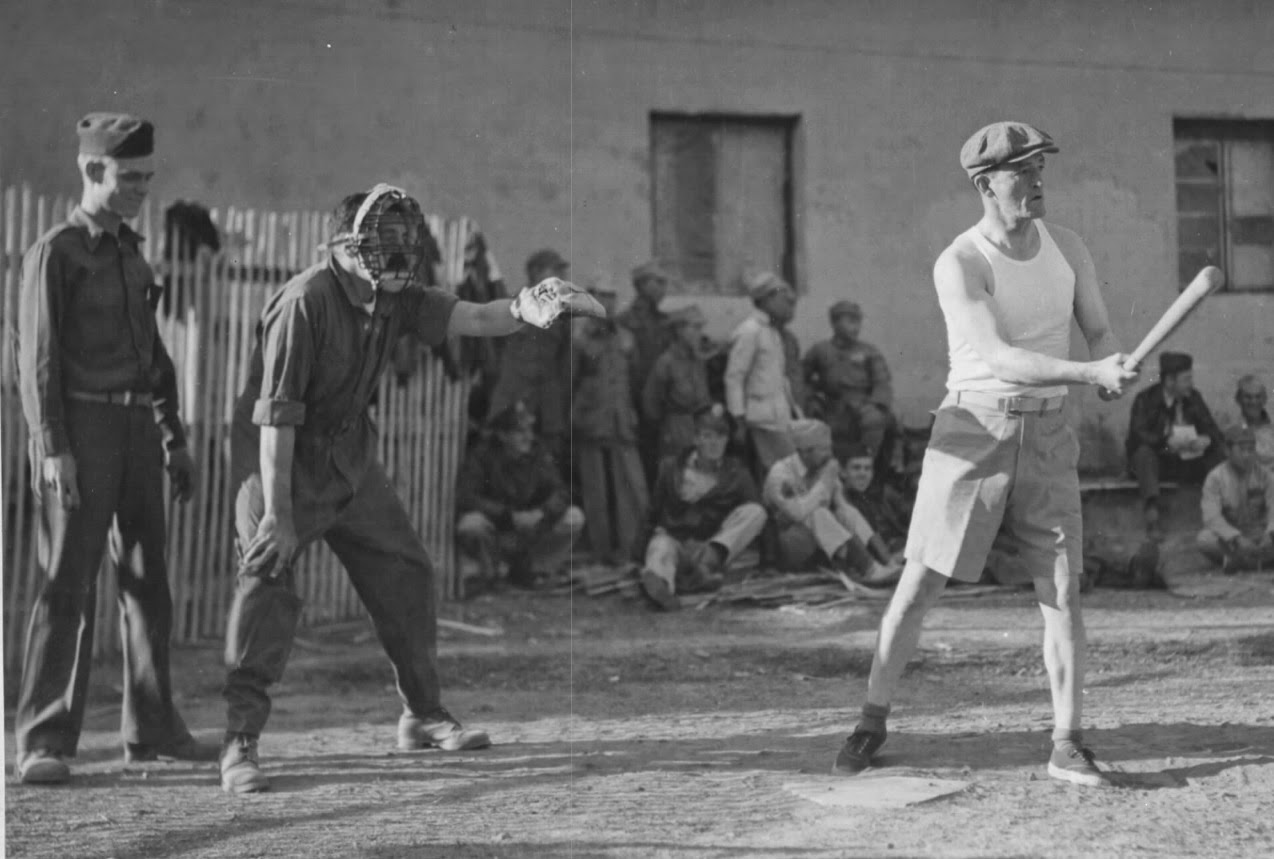A Vermont carpetbagger barely survives north Louisiana
resistance
In the years
called Reconstruction after the Civil War, carpetbaggers and scalawags wrested
political control of Louisiana long held by Democrats. Northerners who moved to
the South to take advantage of the unstable social, financial, and political
climate to make their fortunes were mockingly called carpetbaggers since they
often arrived clutching soft-sided suitcases made of carpet. Allen Greene,
senator from Lincoln Parish, exemplified the scalawag since he was a local who
threw in with the Radical Republicans to achieve his personal political and
financial aspirations. Scalawags were considered traitors to the South and just
as bad, if not worse, than the carpetbaggers.
When white
Southerners referred to carpetbaggers, men like Marshall Twitchell of Vermont
came to mind.
Twitchell joined
the Union army at the start of the war and fought in major battles in Virginia.
Severely wounded at the battle of the Wilderness when a bullet entered his
skull, army surgeons left him for dead. After a miraculous recovery, Twitchell
served as an officer for a black regiment composed mostly of former slaves.
Unlike other carpetbaggers who journeyed south after the war, often to exploit
and loot the defeated Confederate states, Twitchell became an agent of the
Freedmen's Bureau. Stationed at Sparta in Bienville Parish, his duties entailed
assisting emancipated slaves in their transition to freedom.
Twitchell left
the Freeman’s Bureau in mid-1866 and married Adele Coleman, the daughter of a
prominent Bienville Parish planter. He acquired land on the east bank of Lake
Bistineau and down the Red River to Coushatta, where he established a veritable
Yankee colony of his Vermont relatives. Marrying into a leading local family
and serving as manager of the combined Coleman-Twitchell properties, the New
Englander established himself as a force to be reckoned with in business and
political affairs.
Republican rule
in Louisiana rested on the votes of recently freed slaves concentrated in the
bottomlands of the Red River and Mississippi River. With the support of newly






















